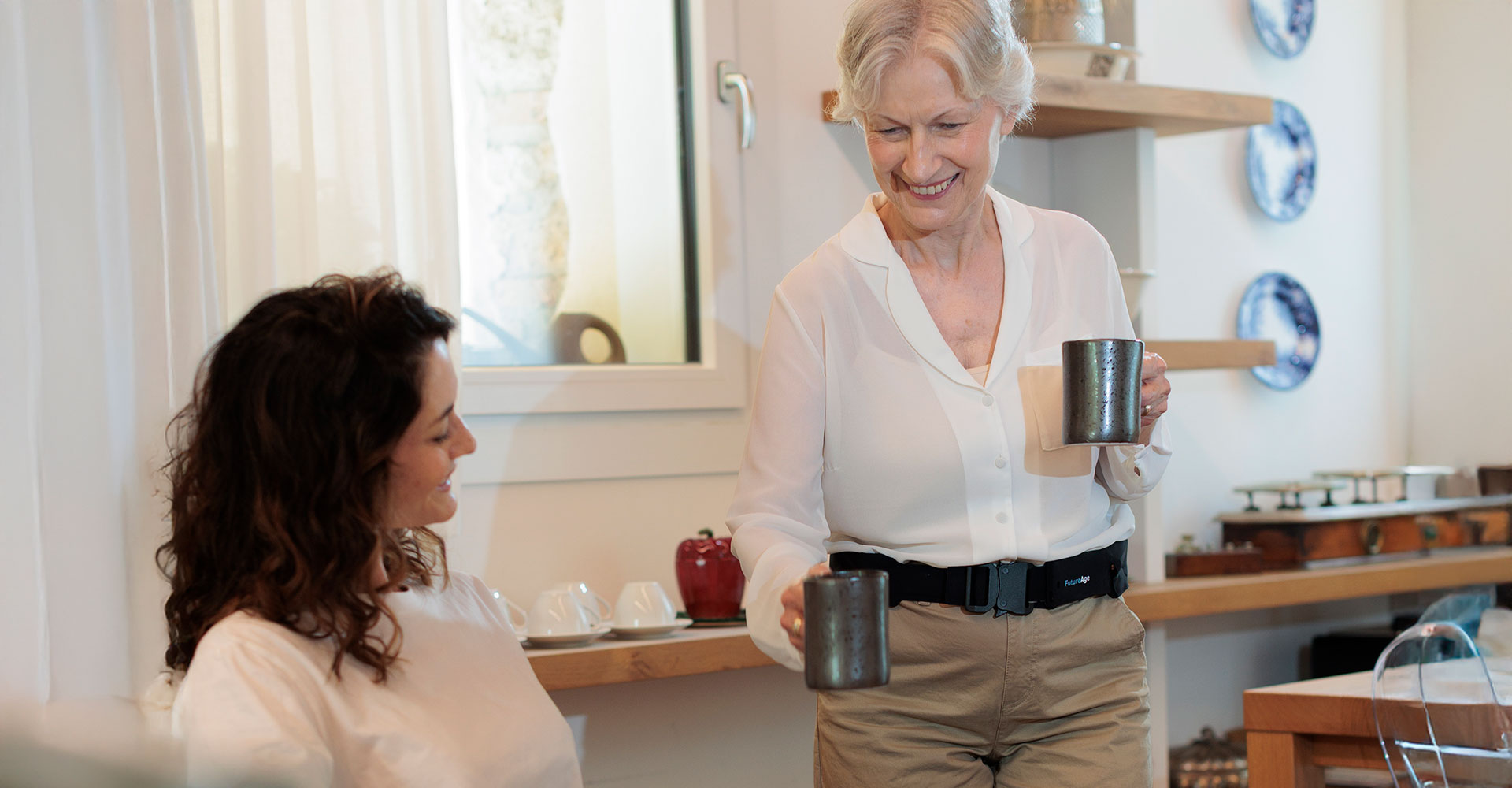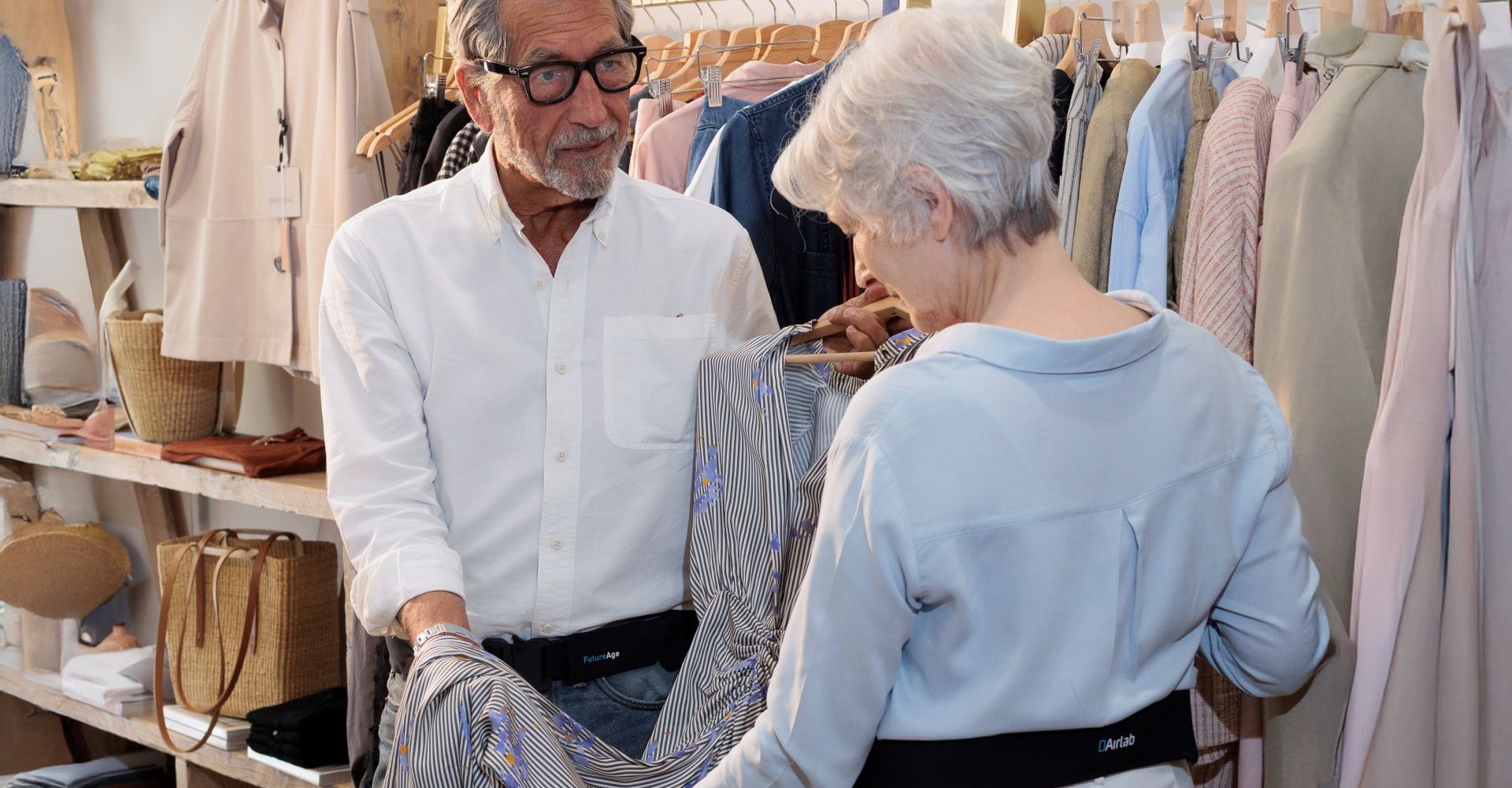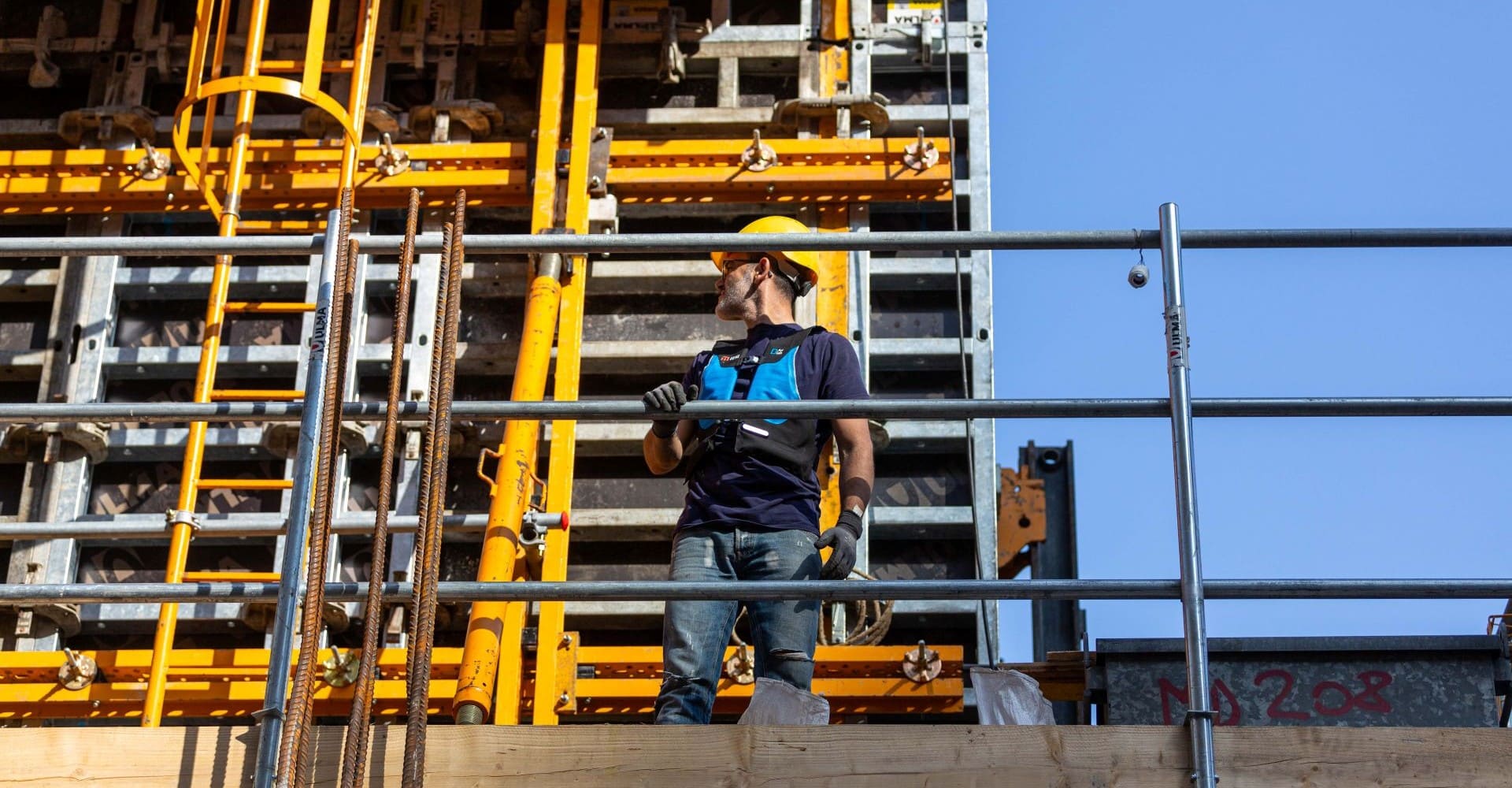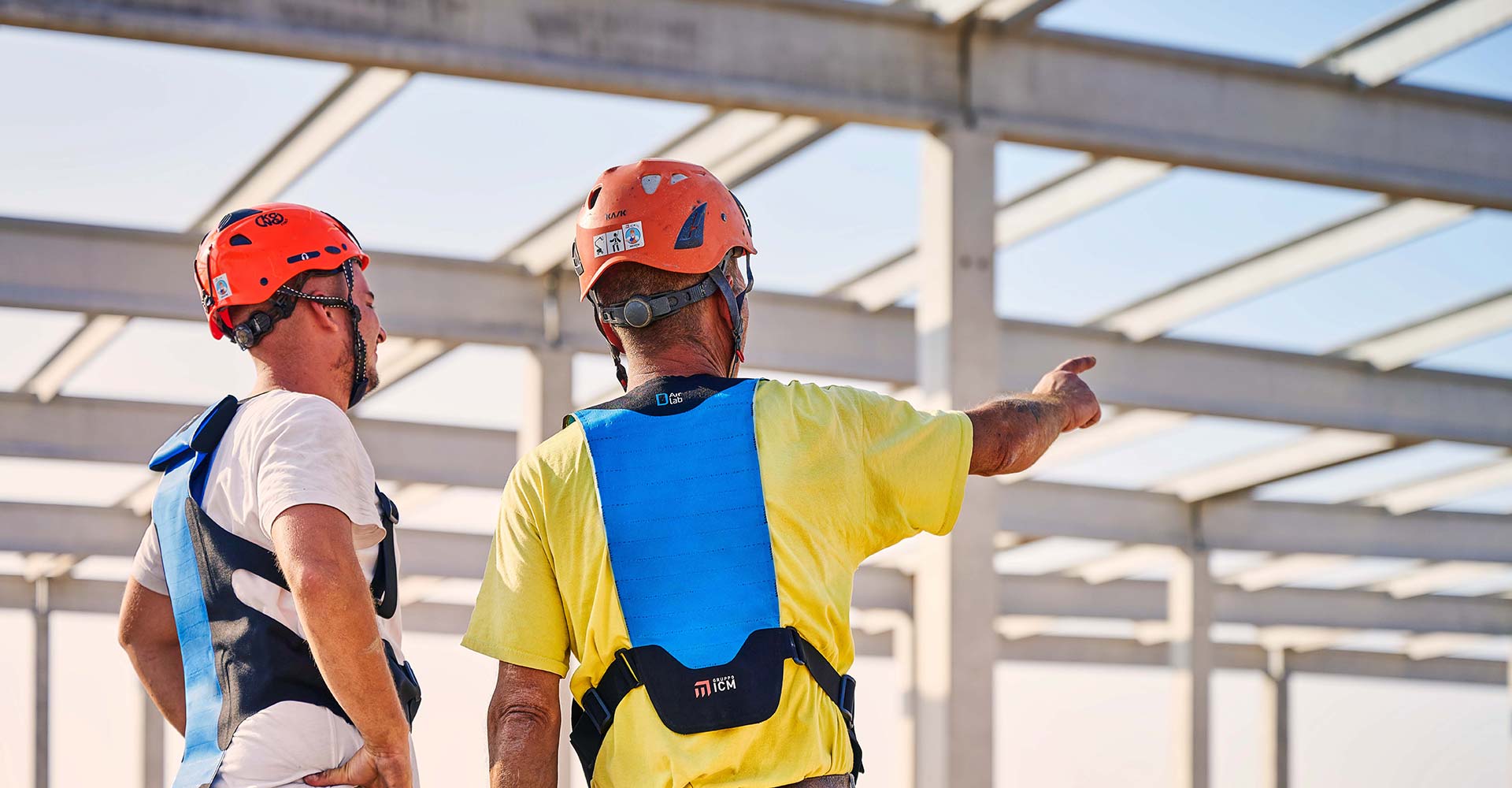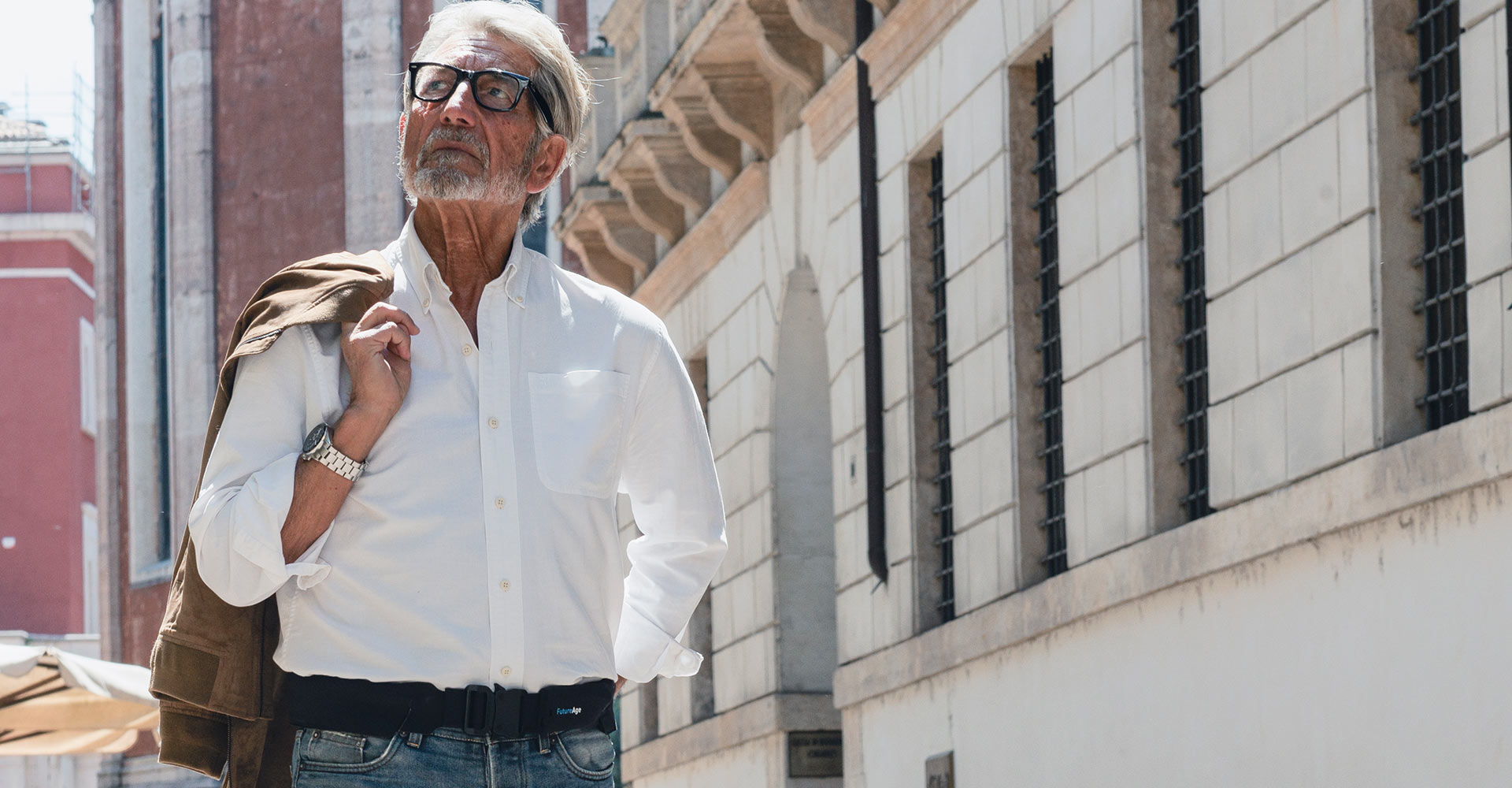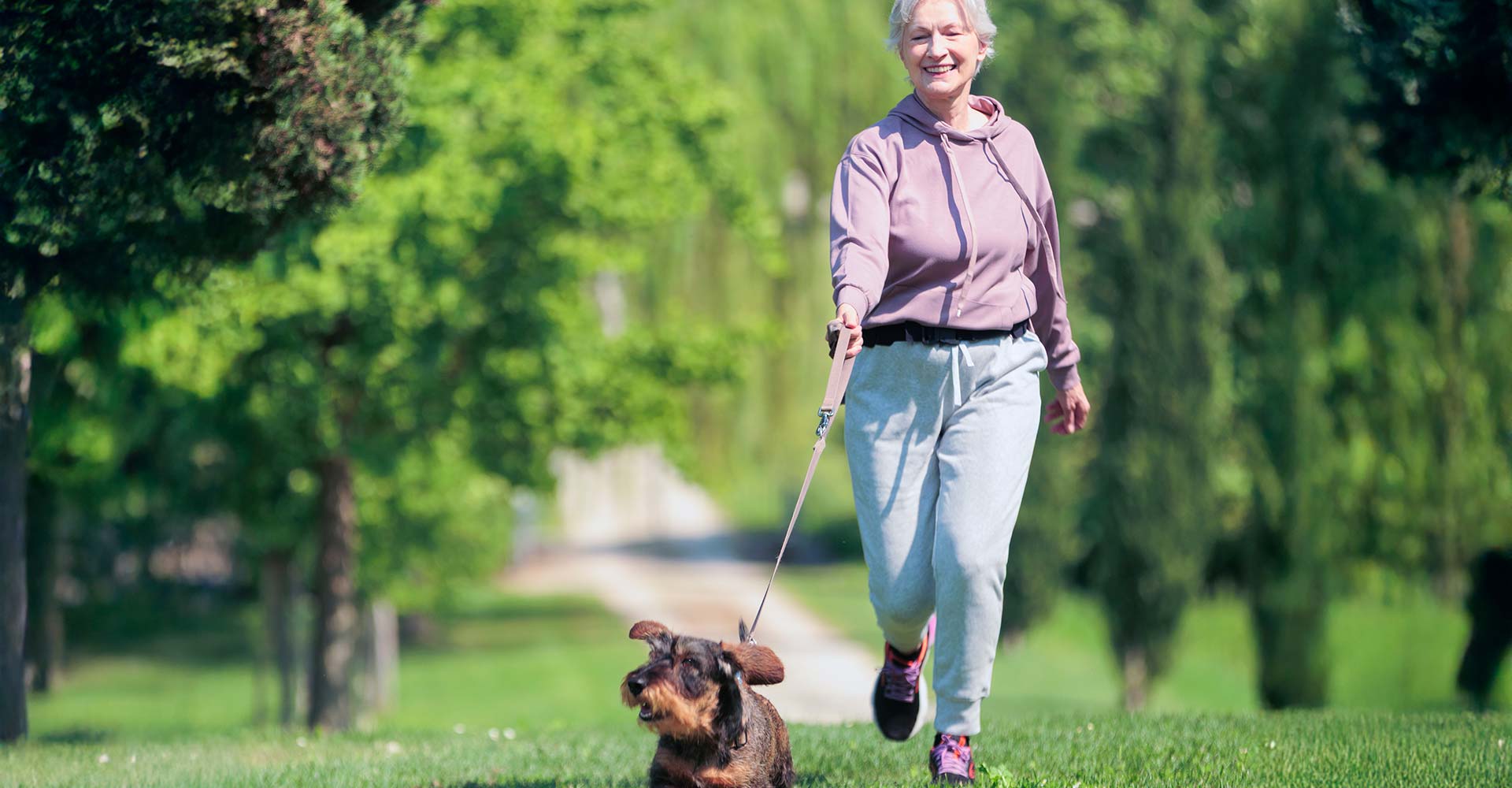A broken femur in the elderly people is a serious event that can severely undermine their quality of life and independence. This problem often raises a fundamental question: is the fracture a consequence of the fall or is the fall caused by a bone that is already fragile? Understanding this dynamic is essential for the implementation of effective prevention strategies.
A broken femur in the elderly: causes and risk factors
A broken femur in the elderly is a very common injury and the frequency increases with age. The consequences are frequently disabling and require lengthy periods of hospitalisation, surgery and intensive rehabilitation.
There are two main theories as to the origin of the fracture:
- The fracture is caused by a fall: In most cases, a broken femur is the direct consequence of a fall. Many factors can contribute to causing a frail senior person to lose their balance, including environmental hazards (slippery rugs, poor lighting) and intrinsic factors linked to the elderly person themselves. These latter factors include issues of balance and coordination, weak muscles, impaired sight, the taking of drugs that cause dizziness or drowsiness, chronic pathologies and the use of inappropriate footwear. In these cases, the bone breaks under the force of the impact.
- The fall is caused by the fracturing of brittle bones: In this less intuitive case, the femur breaks before the fall or even causes it. The main cause in seniors people is osteoporosis, a disease that makes bones porous and fragile. In the presence of advanced osteoporosis, the bone can break spontaneously, even following just a slight movement. The sudden pain caused by breakage leads to a loss of balance and therefore to the fall.
In actual fact, it is often a combination of these two cases, creating a vicious circle in which fragile bones increase the probability of a fracture after a fall and a brittle bone breaks spontaneously and causes a fall.
However, scientific research has given a very clear answer to this question: a study carried out in 2020 on 2,377 falls of elderly people indicated that 95% of hip fractures in seniors are caused by a fall with direct impact on the fractured part, and that the use of hip protectors significantly reduces the risk of fractures.
Prevention: an integrated approach
In order to reduce the risk of a broken femur in the elderly, it is therefore crucial to adopt a preventive approach that acts on three fronts, namely: preventing falls, strengthening bone health in a frail senior person and using hip protectors.
The strategies to prevent falls include:
- Safety in the home: remove obstacles, improve lighting, install handles and railings.
- Targeted physical exercise: programs that improve balance, muscle strength and flexibility.
- Review of drugs: consult the doctor to assess which drugs could increase the risk of falls.
- Eye test: regular eye tests and use of appropriate spectacles.
- Appropriate footwear: stable shoes with a non-slip sole.
- Mobility aids: encourage the use of walking sticks and walkers where needed.
The strategies for bone health and prevention of osteoporosis in seniors include:
- Balanced diet: a sufficient amount of calcium and vitamin D.
- Exposure to sunlight: this facilitates the production of vitamin D.
- Resistance training: exercises that help to strengthen bones.
- Screening: regular bone density test for early diagnosis of osteoporosis.
- Drug therapies: if osteoporosis has been diagnosed, the doctor can prescribe specific therapies to treat it.
The strategies for protecting the hips of a frail senior person in the case of a fall include:
- Hip protection pants: padded on the hips to soften the blow in the case of a fall, efficient but not very practical in everyday life.
- Smart airbag belts: sthey only inflate in the case of a fall, limiting the damage from the impact without interfering with everyday activities. Learn more about the FutureAge airbag belt for seniors!
A fall as the primary cause of the fracture
In conclusion, although fragile bones and osteoporosis in particular are a crucial risk factor that makes the bones more vulnerable, the primary cause of a broken femur in the elderly is almost always a fall. Prevention must therefore be focused, as a priority, on reduction of the risk in the case of falls, combined with strategies to strengthen bone health, together with the use of hip protectors.
FutureAge is an innovative solution designed specifically for the needs of frail senior people and their families. The purpose behind this airbag belt is to allow our loved ones to grow old actively and independently, letting them live their lives with greater serenity and confidence, in the knowledge that a tangible and innovative support is always close at hand.
Contact our experts to learn more about FutureAge!
